Best Companion Plants For Melons
Title: Best Companion Plants for Melons
Introduction:
Melon plants are a delicious and refreshing addition to any garden. However, they can be susceptible to pests and diseases. Companion planting is a great way to help protect your melon plants and improve their overall health.
Companion planting is the practice of planting certain types of plants together in order to benefit each other. Some plants attract beneficial insects, while others help to repel pests. Some plants also improve the soil quality or provide shade.
When choosing companion plants for melons, it is important to consider the needs of the melon plant. Melons need full sun and well-drained soil. They are also heavy feeders, so they benefit from being planted near nitrogen-fixing plants.
Main Content:
Here are some of the best companion plants for melons:
- Beans: Beans are nitrogen-fixing plants, which means they can help to improve the soil quality for melons. They also help to suppress weeds.
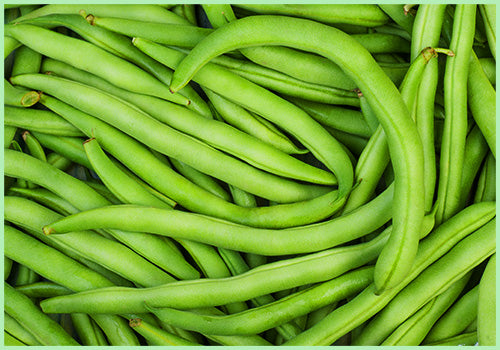
- Carrots: Carrots have a strong scent that can help to repel pests like carrot flies and nematodes. They also help to improve the drainage of the soil.
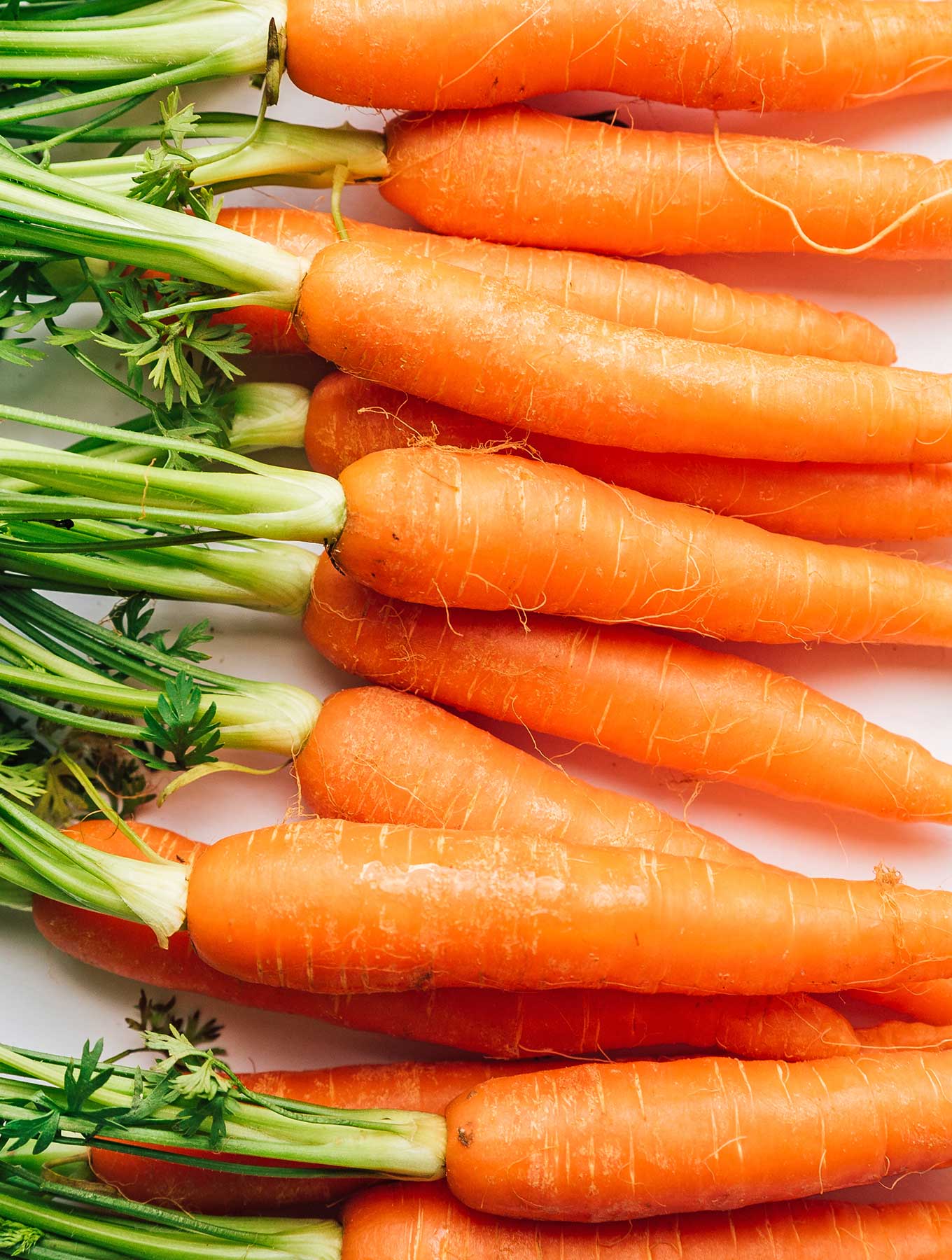
- Cucumbers: Cucumbers and melons are both members of the cucurbit family, so they have similar growing requirements. They also help to shade each other from the sun.
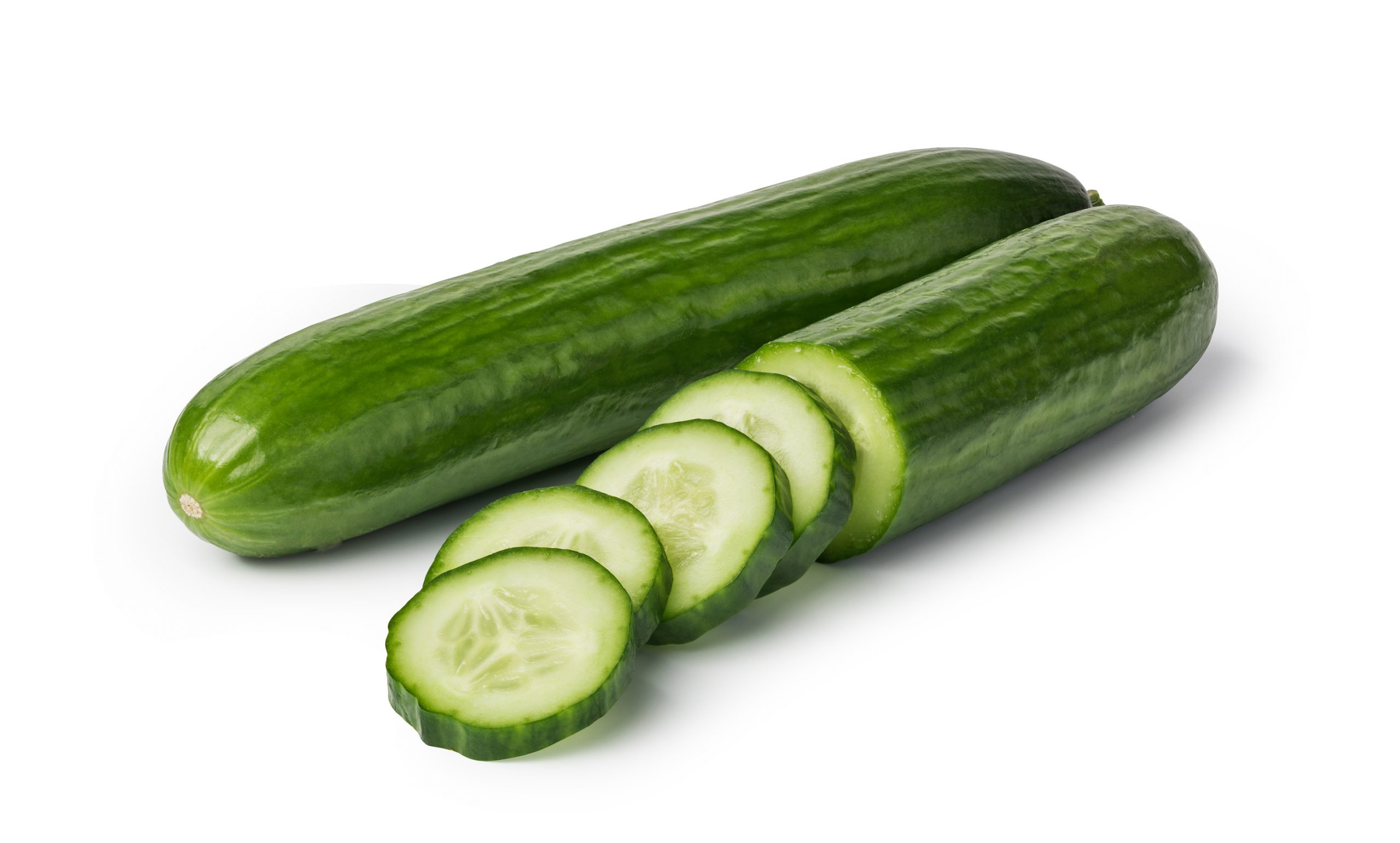
- Eggplant: Eggplant helps to repel pests like aphids and whiteflies. It also helps to improve the drainage of the soil.

- Lettuce: Lettuce is a fast-growing crop that can be harvested before melon vines get too big. It also helps to suppress weeds.
- Onions: Onions have a strong scent that can help to repel pests like aphids, cabbage worms, and spider mites. They also help to improve the drainage of the soil.
- Peas: Peas are nitrogen-fixing plants, which means they can help to improve the soil quality for melons. They also help to suppress weeds.

- Potatoes: Potatoes help to attract beneficial insects like ladybugs and lacewings. They also help to improve the drainage of the soil.
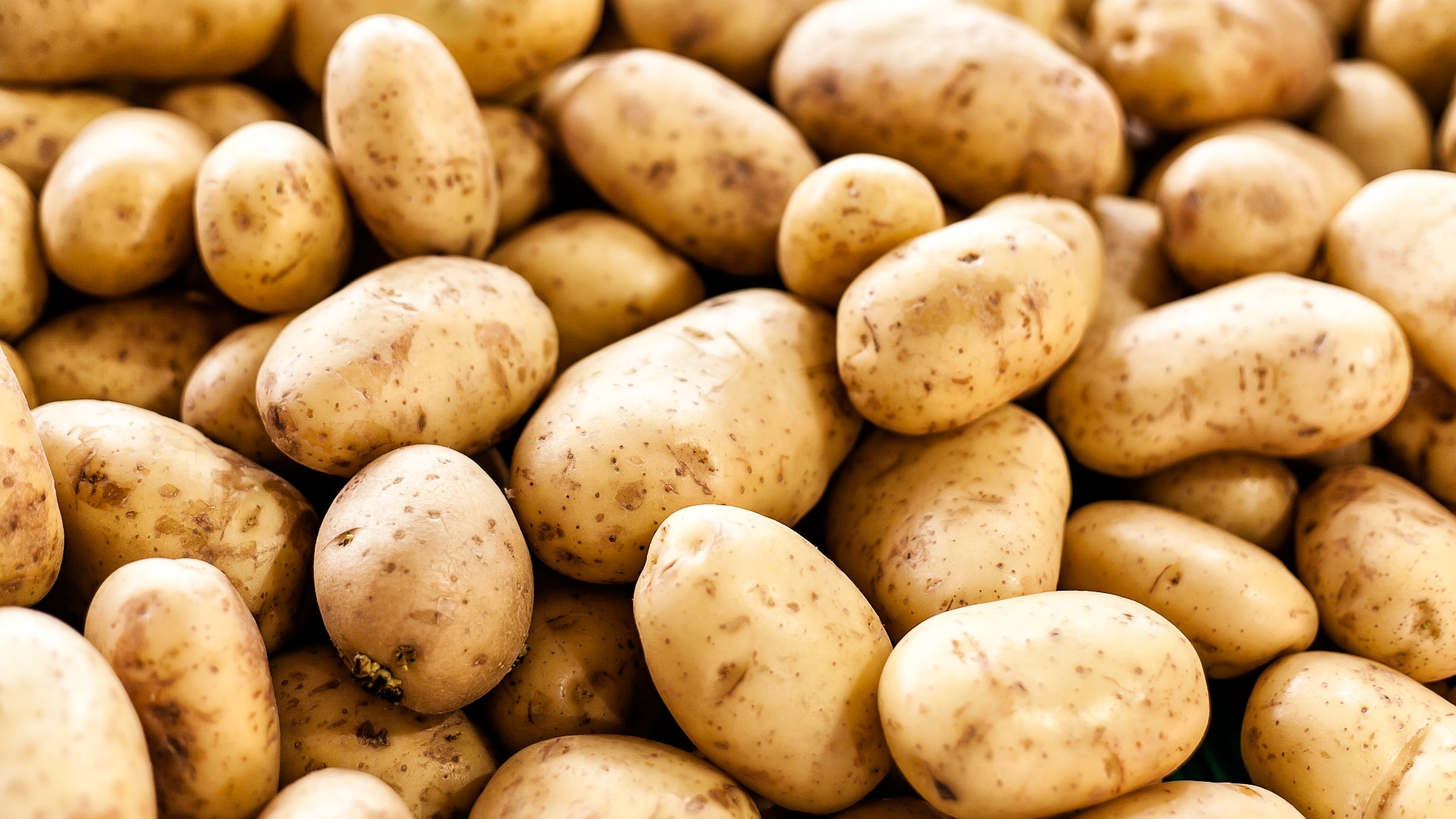
- Spinach: Spinach is a fast-growing crop that can be harvested before melon vines get too big. It also helps to suppress weeds.

- Sunflowers: Sunflowers attract beneficial insects like ladybugs and lacewings. They also help to improve the pollination of melons.
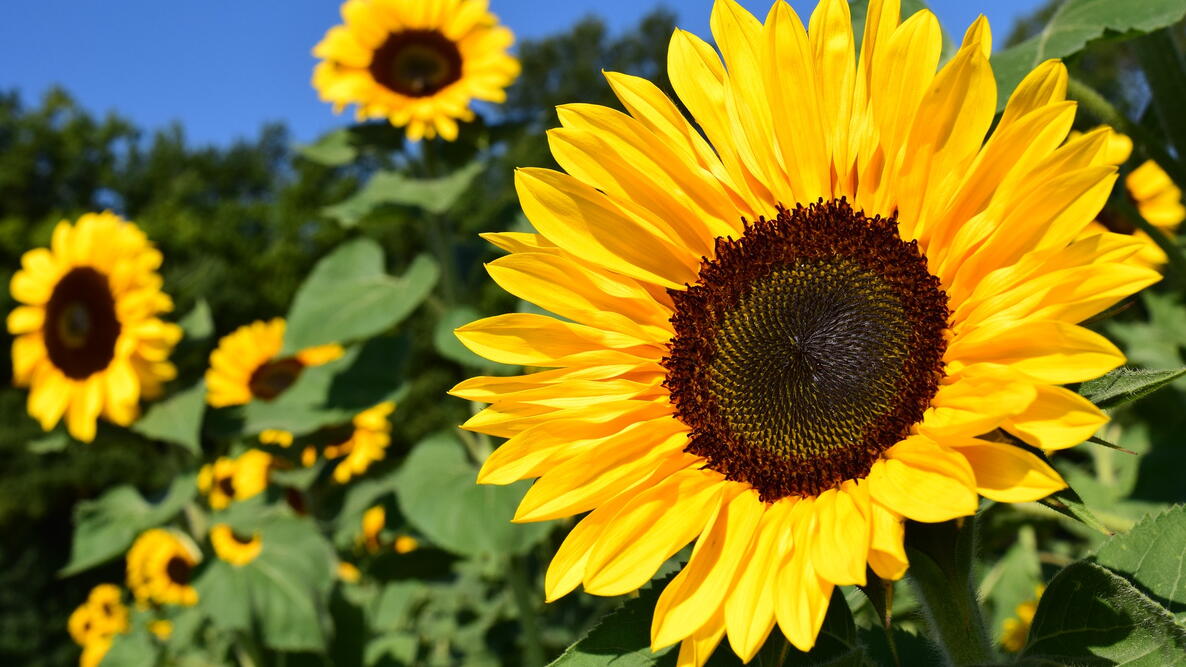
Conclusion:
By planting companion plants with your melons, you can help to protect them from pests and diseases, improve their overall health, and increase your harvest. When choosing companion plants, it is important to consider the needs of the melon plant and the plants you are considering planting with it.
What are the best companion plants for melons?
Melons are a delicious and refreshing summer treat, but they can be susceptible to pests and diseases. Companion planting can help to deter pests, attract beneficial insects, and improve the overall health of your melon plants.
Some of the best companion plants for melons include:
- Beans: Beans fix nitrogen in the soil, which can help to improve the growth of your melon plants.
- Carrots: Carrots help to repel nematodes, which can be a major pest of melons.
- Cabbage: Cabbage helps to repel cabbage moths, which can damage melon leaves.
- Lettuce: Lettuce helps to suppress weeds and provide shade for young melon plants.
- Marigolds: Marigolds help to repel a variety of pests, including aphids, whiteflies, and squash bugs.
- Nasturtiums: Nasturtiums help to repel aphids, whiteflies, and spider mites.
- Onions: Onions help to repel nematodes and other soil-borne pests.
- Peas: Peas fix nitrogen in the soil, which can help to improve the growth of your melon plants.
- Spinach: Spinach helps to suppress weeds and provide shade for young melon plants.
For more information about the best companion plants for melons, visit Home Gardening.
FAQ of best companion plants for melons
- What are the best companion plants for melons?
Some of the best companion plants for melons include:
Herbs: Basil, chives, mint, oregano, rosemary, and thyme are all good companion plants for melons. They help to repel pests and attract pollinators.
Lettuce: Lettuce is a fast-growing crop that can be planted around melons to help suppress weeds and provide shade.
Marigolds: Marigolds are another good companion plant for melons. They help to repel pests, such as nematodes and whiteflies.
Radishes: Radishes are a good companion plant for melons because they mature quickly and help to improve the soil.
Sunflowers: Sunflowers are a good companion plant for melons because they attract pollinators and help to shade the melon vines.
What plants should I avoid planting near melons?
Some plants that you should avoid planting near melons include:
Cucumbers: Cucumbers and melons are both members of the cucurbit family, and they can cross-pollinate. This can result in fruits that are not true to type.
Potatoes: Potatoes and melons compete for the same nutrients, so planting them together can lead to poor growth.
Pumpkins: Pumpkins and melons are both large plants that need a lot of space. Planting them together can crowd out each other and lead to poor yields.
How do companion plants benefit melons?
Companion plants can benefit melons in a number of ways:
Repellent: Some companion plants, such as marigolds and nasturtiums, can help to repel pests that can damage melon plants.
Attract pollinators: Other companion plants, such as sunflowers and lavender, can attract pollinators, which are essential for the pollination of melon flowers.
Improve soil quality: Some companion plants, such as beans and peas, can help to improve soil quality by fixing nitrogen.
Suppress weeds: Fast-growing companion plants, such as lettuce and radishes, can help to suppress weeds around melon plants.
How far apart should I plant melons?
The spacing requirements for melons vary depending on the variety. However, as a general rule, you should space melon plants at least 2-3 feet apart. This will give them enough room to grow and spread.
- When should I plant melons?
The best time to plant melons depends on your climate. In warm climates, you can plant melons in the spring as soon as the soil has warmed up to at least 65 degrees Fahrenheit. In cooler climates, you may need to wait until the summer to plant melons.
- How do I care for melon plants?
Melon plants need full sun and well-drained soil. They also need regular watering, especially during hot, dry weather. You should also fertilize melon plants every few weeks with a balanced fertilizer.

Post a Comment for " Best Companion Plants For Melons"